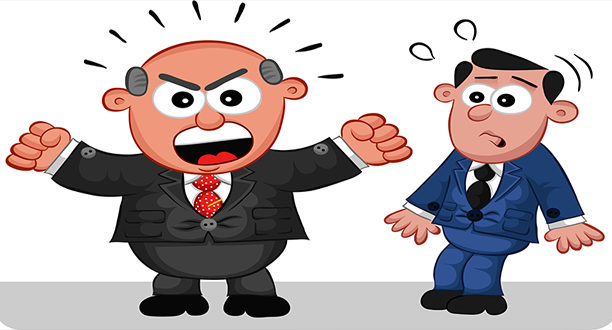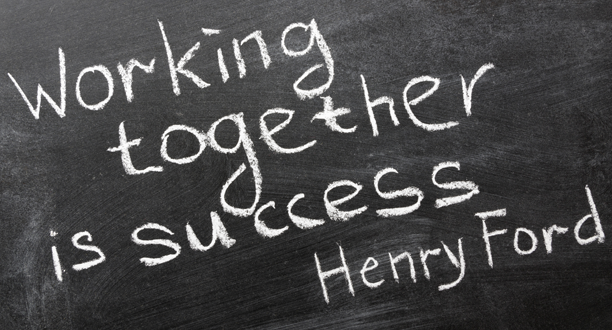
Marketing to Millennials: Why It’s Not Working and How To Fix That
October 24, 2013
3 Bad Marketing Habits You Need to Break
November 5, 2013Newer companies, launched after the digital age had already set in, have had no problem embracing inbound marketing for the most part. It makes sense to them. Older companies, however, have used outbound marketing methods to build their business for years and they aren’t ready to let go.
However, whatever reason you are wary of committing to inbound marketing – whether you’re skeptical, don’t think it would be right for your business, don’t have the budget/staff/time for it or just think your outbound methods are working just fine. We’ve discussed the benefits you can realize from adopting inbound methodologies in past blogs. However, you can have your cake and eat it, too. Inbound and outbound marketing can work together, and actually quite well.
Recall: The missing link
In today’s digital age, the “recall” concept – making your brand the most recalled in its category – is being overshadowed by the amount of responses you generate. Despite what you may think, recall is best accomplished by outbound methods, specifically broadcast media.
Consumer habits: The unavoidable truth
Outbound marketers who are stuck in their ways, as well as inbound marketers who insist they already have everything they need, might take some time to warm up to the idea of molding the two methods together. That’s understandable. But there are three basic truths that can’t be ignored.
- Consumers usually search the web before buying, especially after seeing or hearing an interesting commercial inspires them to do so.
- Many of your quality leads are not ready to buy just yet. You can guide them along the sales process by pointing them in the direction of the next small step.
- For these reasons, broadcasted calls-to-action are an amazing marketing tool.
Inbound and outbound marketing: How they work together
Calls-to-action aren’t a new concept in the broadcast world. We have all heard offers like “call now for your free trial.” Outbound marketers have been broadcasting forever. On the other side of the tracks, inbound marketers are notorious for stressing the importance of social media and business websites as marketing channels. Likewise, for them to ignore the power of broadcast media would be short-sighted.
So to combine both methods: inbound marketing allows traditional marketers to take their broadcasts one step further, leveraging large TV and radio audiences and making sure that they are actually listening to and following up on the message that was broadcasted. Inbound methods allow marketers measure every aspect of their lead generation campaigns from start to finish.
For example, marketers can use a broadcast CTA that leads to an online landing page. The widespread reach of a broadcast will bring consumers to your brand’s site, and once there, they can learn more about your brand through your digital tools and content resources.
You can use a combination of radio and television broadcasts and audience database marketing to generate page views, form completions and quality leads. Then an inbound marketing platform or agency like HubSpot can be used to manage the leads you generated and send nurturing emails based on where they are in the buying cycle.
If your lead wants to be contacted over the phone, then great, you’ve generated a sales-ready lead in near real-time. If they want to be contacted by email, then still great, you’ve generated a quality lead to nurture. Leads who simply clicked on the link or attachment in the email can be segmented as higher-scoring leads and eventually nurtured.
Together, the inbound and outbound marketing make a powerful 1-2 punch that can’t be recreated without one or the other. Outbound marketing broadcasts your message to a wide audience – on air and online – and inbound marketing makes sure that they act upon it.




